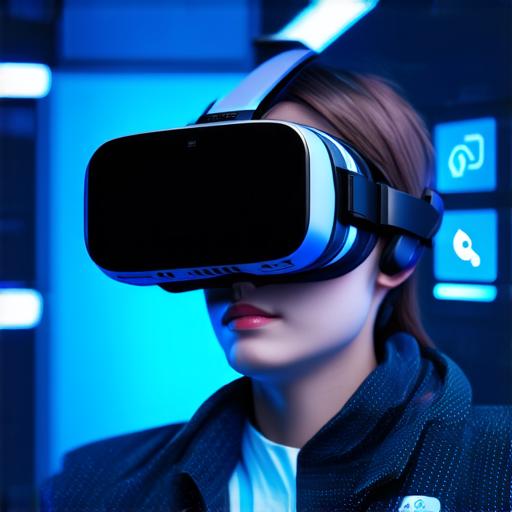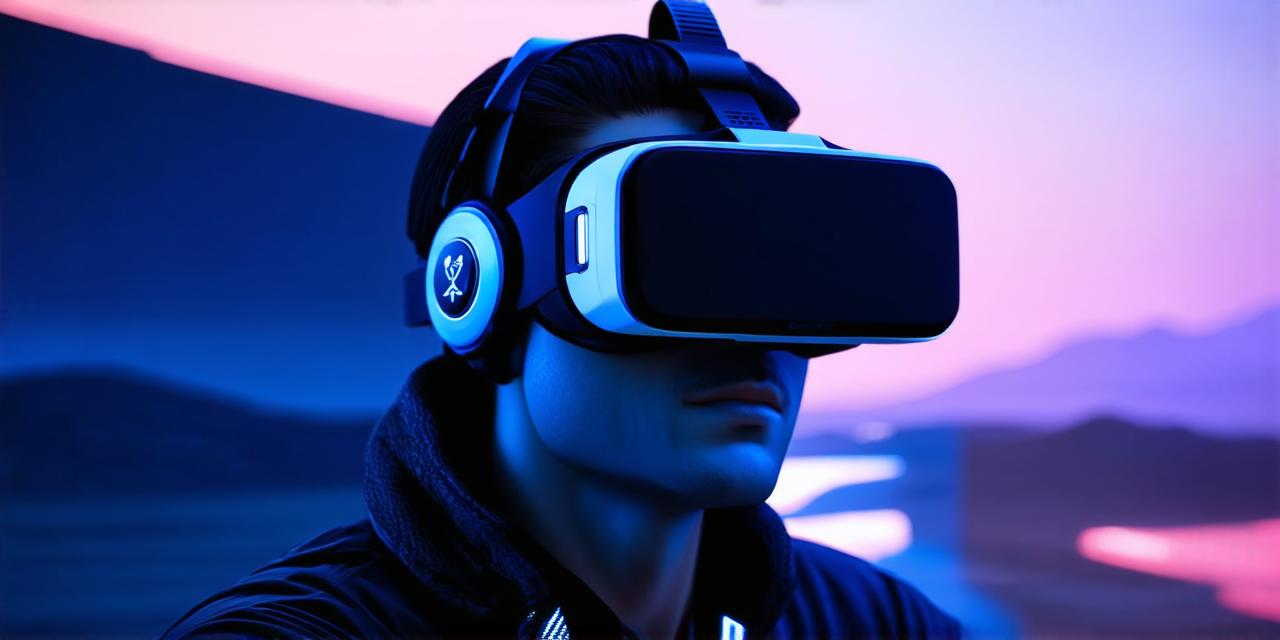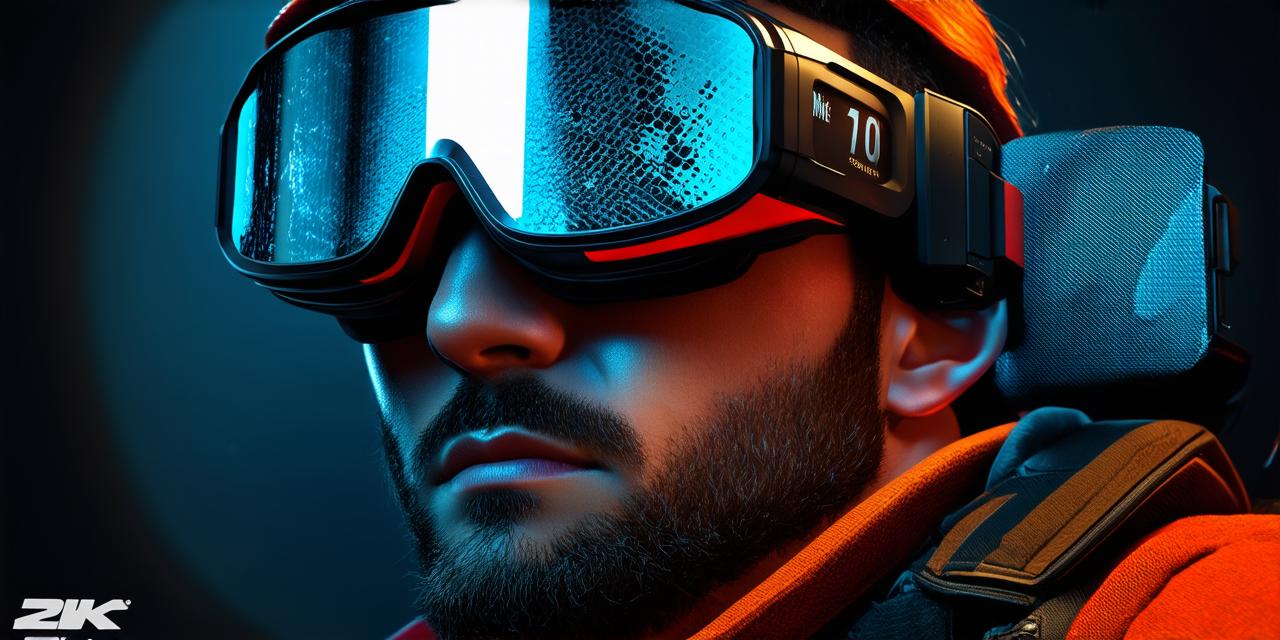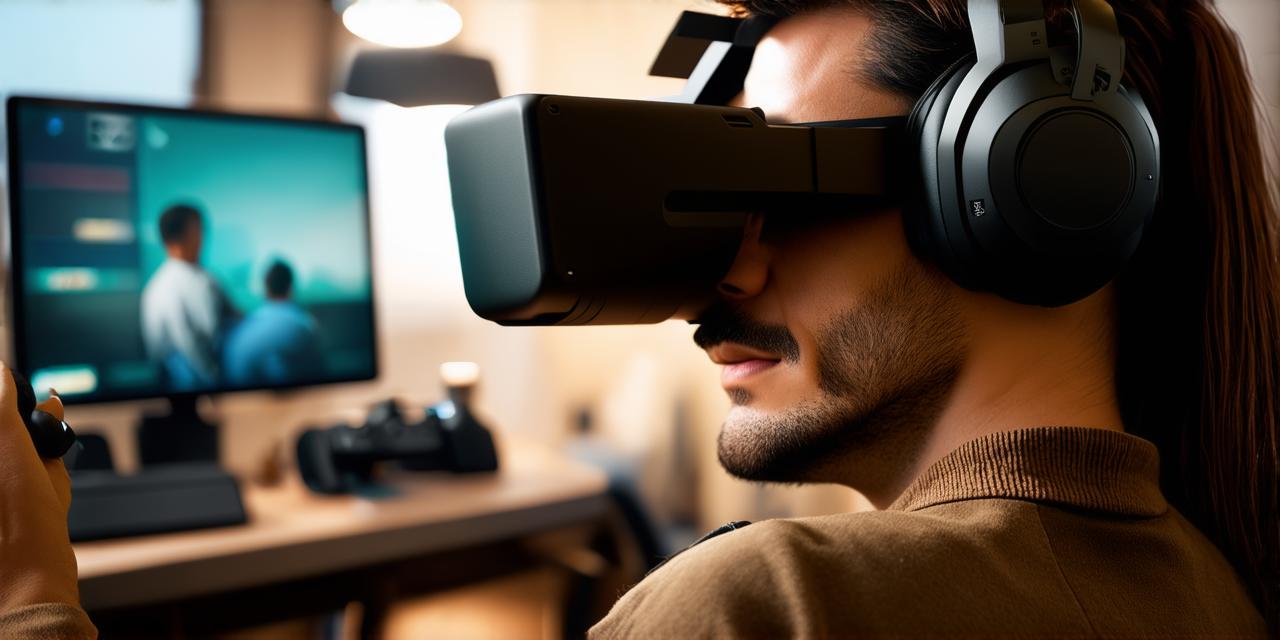Augmented reality and virtual reality are immersive technologies that provide users with a digital experience in the real world or a simulated environment. While both AR and VR have overlapping features, there are some significant differences between them. In this article, we will explore what AR and VR are, how they work, and their applications.
Augmented Reality (AR)
Augmented reality is a technology that enhances or “augments” the real-world environment with digital elements such as images, sounds, and videos. It uses a camera or a display device to overlay digital information on top of the physical world. AR applications can be accessed through smartphones, tablets, or specialized AR glasses.
AR has a wide range of applications, including:

- Gaming: AR games like Pokemon Go and Ingress use the real world as a backdrop and overlay digital elements on top of it to create an immersive gaming experience.
- Education: AR can be used in education to provide students with a more engaging learning experience by overlaying digital information on top of physical objects.
- Retail: AR can be used in retail to enhance the shopping experience by providing customers with virtual try-on features, product demonstrations, and other interactive experiences.
- Manufacturing: AR can be used in manufacturing to provide workers with real-time information about products and processes, improving productivity and reducing errors.
Virtual Reality (VR)
Virtual reality is a technology that creates a simulated environment that users can interact with as if it were the real world. VR applications are typically accessed through a headset or other wearable device that tracks the user’s movements and provides a 360-degree view of the virtual environment.
VR has a wide range of applications, including:
- Gaming: VR gaming provides users with an immersive experience that transports them into a virtual world where they can interact with digital elements in a realistic way.
- Training and simulation: VR can be used to simulate real-world scenarios, such as flight training or military simulations, providing a safe and controlled environment for learning and practicing new skills.
- Healthcare: VR can be used in healthcare to provide patients with a more immersive and engaging experience during therapy, rehabilitation, or treatment.
- Design and architecture: VR can be used in design and architecture to create virtual prototypes and visualize projects in a more realistic way.
In conclusion, augmented reality and virtual reality are two exciting technologies that have the potential to transform the way we interact with digital information and simulated environments. While both AR and VR have some overlapping features, they differ in their approach to immersion and interaction. As these technologies continue to evolve, we can expect to see even more innovative applications and uses for AR and VR in the future.



